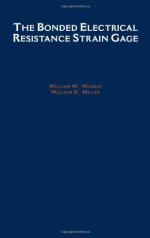|
This section contains 464 words (approx. 2 pages at 300 words per page) |

|
Electric resistance is the opposition to the flow of current and results in the creation of heat. A material with very low resistance, such as copper, allows current to flow very easily and is called an electric conductor. A material that has high resistance, such as glass, prevents the flow of electricity and is called an electric insulator. As electrons are inhibited from flowing smoothly, collisions between them generate heat.
Even the most efficient conductors have some resistance. Total resistance is a function of the resistivity of the material comprising the wire, the length of the wire, and its thickness. Resistance is directly proportional to the length and inversely proportional to the area of its cross-section. Resistance can also be temperature dependent; as temperature increases, so does resistance. Georg Ohm has been given credit for defining resistance mathematically. Ohm's Law, published in 1827, built upon what had...
|
This section contains 464 words (approx. 2 pages at 300 words per page) |

|


